Digital Twins: Changing the World, One Industry at a Time
Have you ever wondered how organizations might forecast issues or improve processes without relying on guesswork?
That’s where digital twins come in.
Consider them virtual representations of real-world products or systems that enable businesses to experiment, optimize, and even save money without breaking a sweat!
That sounds amazing, doesn’t it?
Let’s dive into this amazing tech and see how it’s shaking things up.
Wait, What Are Digital Twins?
You have a digital copy of a car, a factory, or even a whole spaceship. This digital duplicate works just like the original, continually updating with live data. That is, you may test ideas, solve issues, and make changes without endangering the genuine product.
Here’s a question for you:
If you could “test-drive” a solution digitally before using it in real life, wouldn’t that save you tons of time and money?
That’s exactly what digital twins do! Using sensors, AI, and data analytics, they open up new possibilities for industries everywhere.
How Digital Twins Are Transforming Industries
Digital twins are making big waves across different industries. Let’s look at some real-world examples:
1. Oil and Gas: Can Tech Make Work Safer?
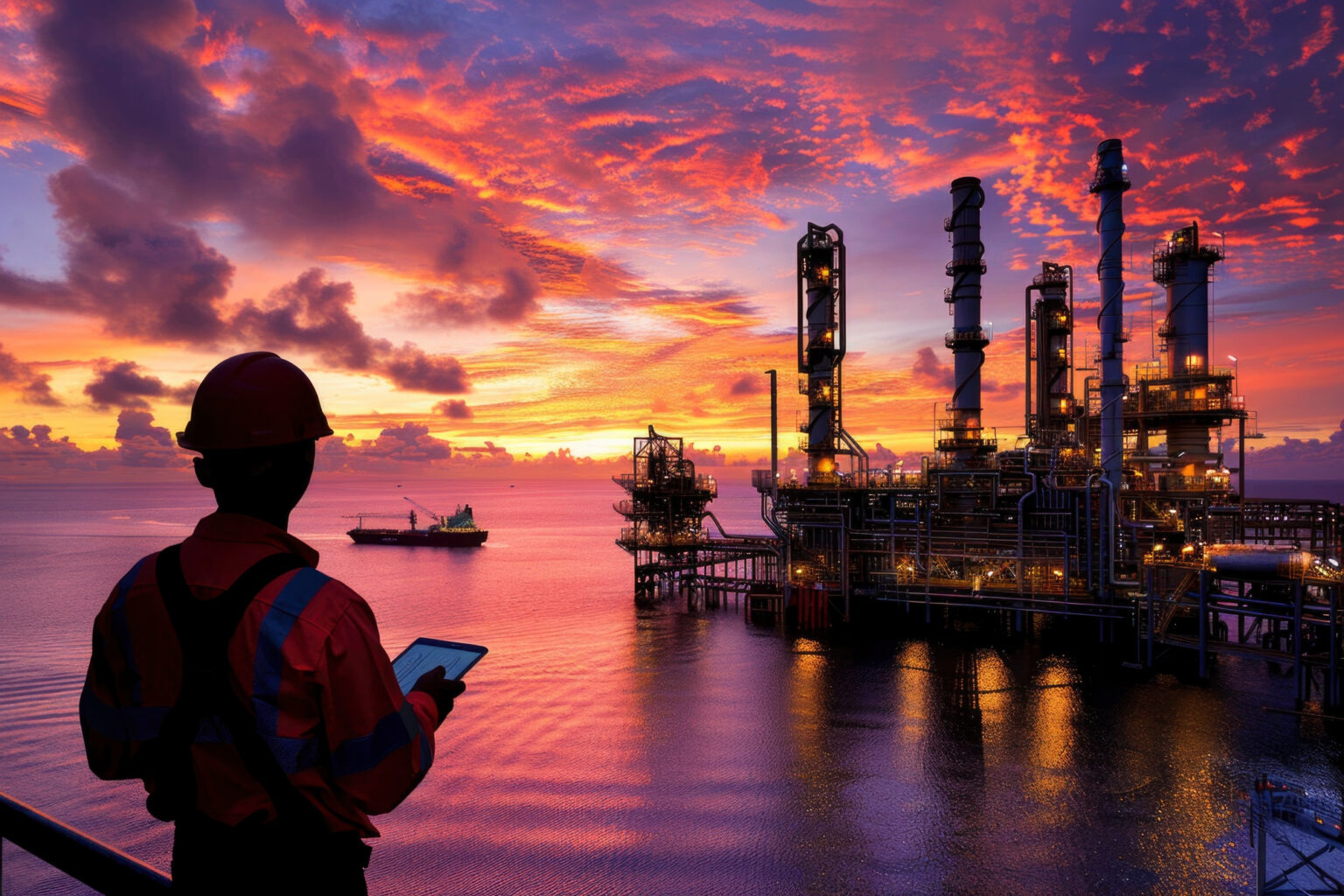
Oil rigs, pipelines, and refineries can be dangerous places, but digital twins are changing the game.
- What they do: Predict equipment issues and keep things running smoothly.
- Big wins: Operational costs drop by 15-20%, and accidents are reduced by 20-30%.
- Fun fact: Right now, 30-40% of major oil operations use digital twins. In 5-7 years, that could jump to 60-70%.
2. Pharmaceuticals: Can Digital Twins Help Cure Diseases Faster?

Making new medicines is a long and expensive process. But what if you could test a drug on a digital model of a human body instead?
- What they do: Speed up drug development by 25-30% and improve manufacturing.
- Big wins: Companies save 20-25% on costs, and new medicines reach patients faster.
- Fun fact: This tech is used in about 20-25% of the industry now, but experts say it’ll hit 50-60% in the next decade.
3. Construction: How Can We Build Better and Faster?
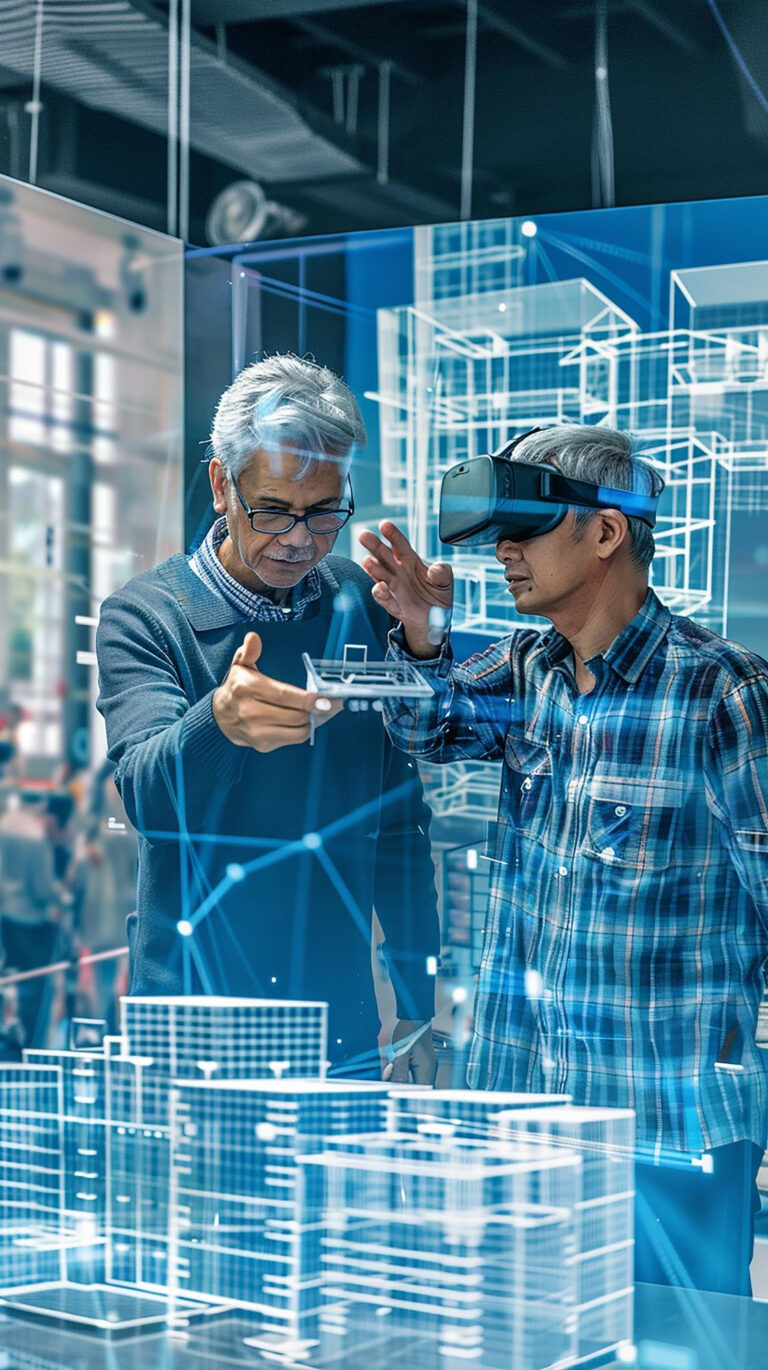
Think about all the things that can go wrong during a construction project. Now imagine spotting and fixing problems before construction even starts.
- What they do: Help design and plan projects more accurately.
- Big wins: Projects finish 20-25% faster, with less waste and fewer delays.
- Fun fact: Right now, only 20-30% of big construction projects use digital twins, but that number could double in just five years.
4. Automobiles: Would You Drive a Digital Twin-Designed Car?
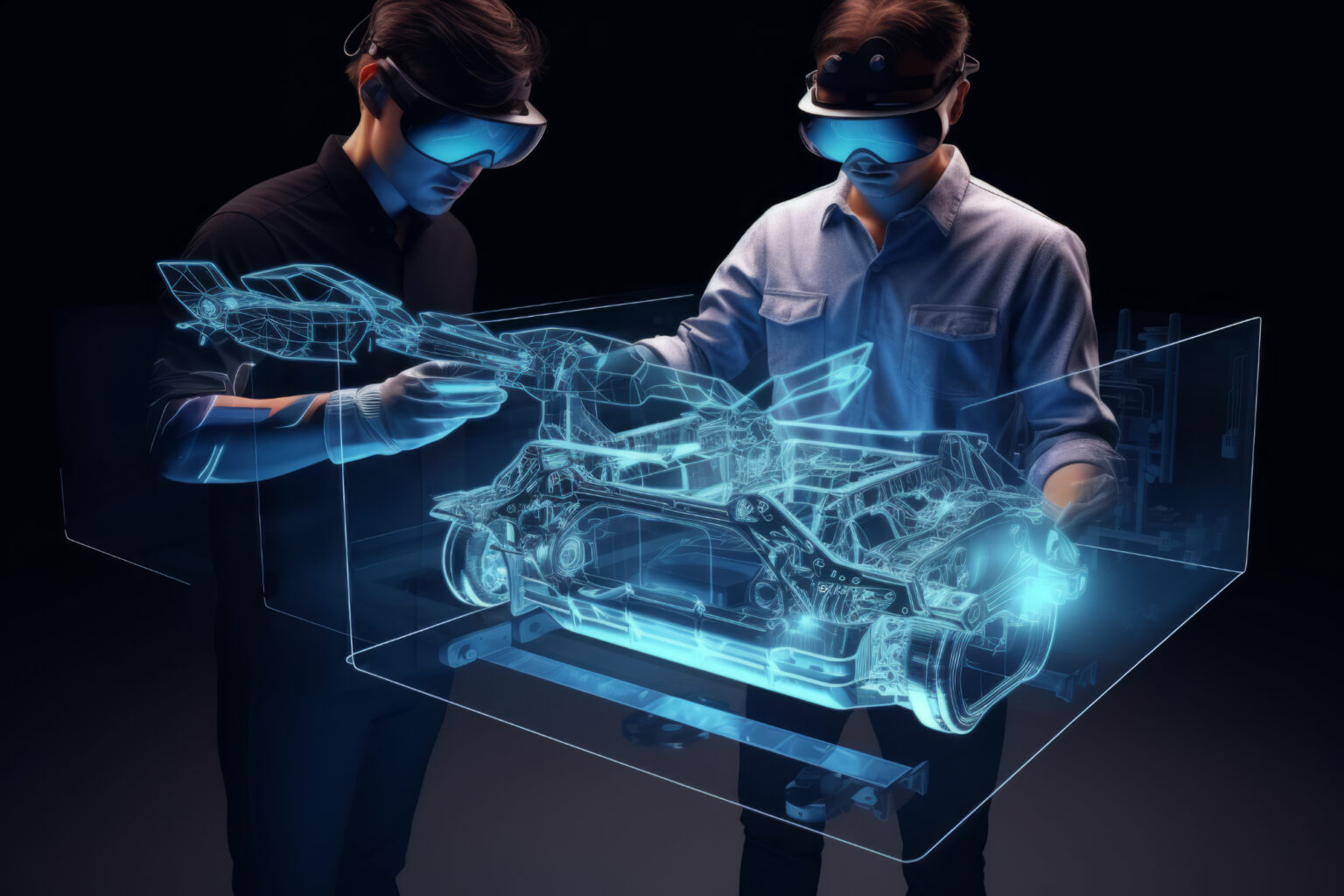
Car makers are designing vehicles faster and smarter with digital twins. They’re even using this tech to keep fleets on the road longer.
- What they do: Improve designs and optimize fleet management.
- Big wins: Development time is cut by 15-20%, and vehicle downtime drops by the same amount.
- Fun fact: 30-40% of car companies are using digital twins, but soon most will be.
5. Manufacturing: Can Factories Run Smarter?
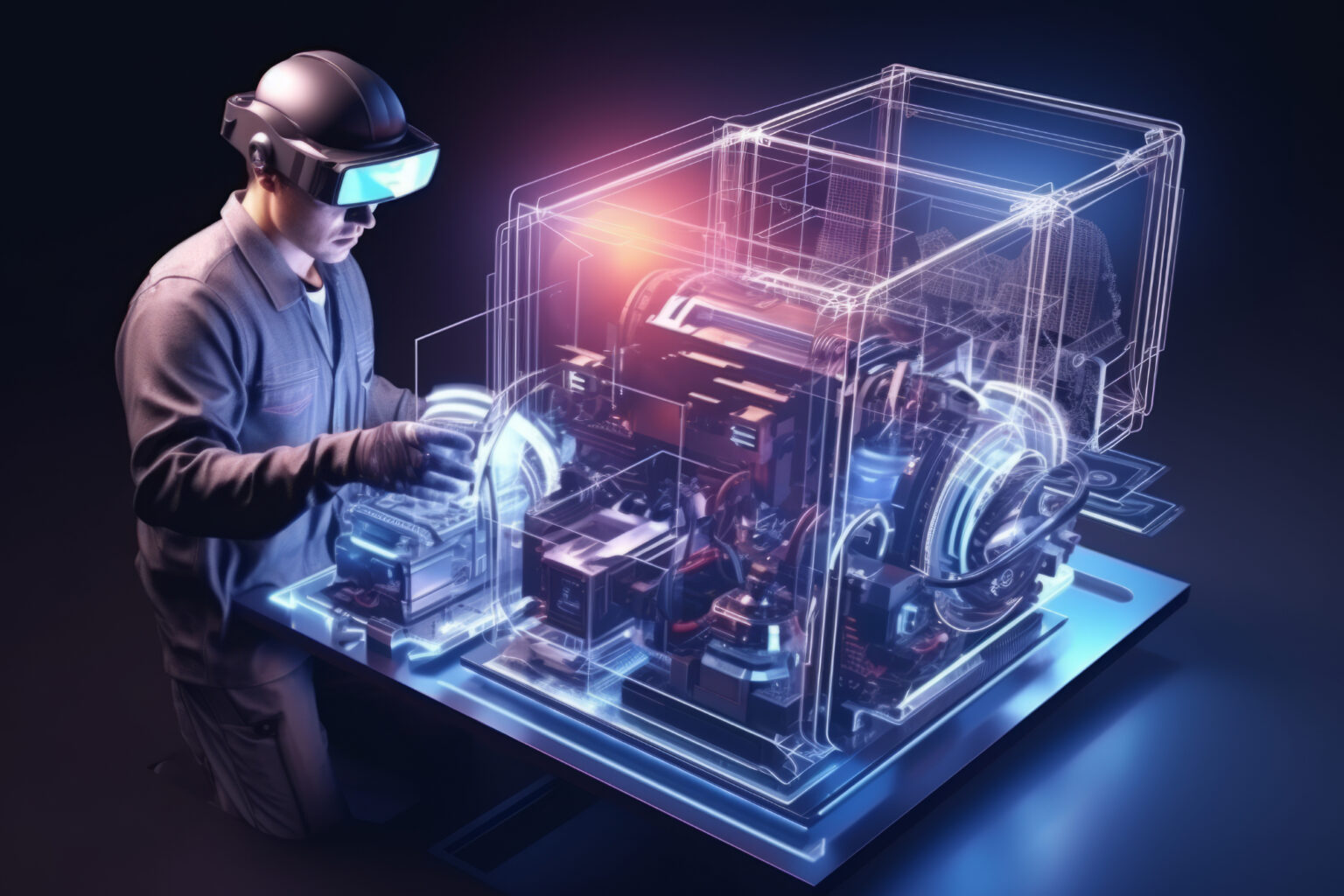
Factories are getting an upgrade with digital twins, creating digital versions of machines to monitor and improve them.
- What they do: Spot issues, optimize production lines, and save resources.
- Big wins: Productivity jumps 25-30%, and accidents drop by 10-15%.
- Fun fact: Half of high-tech factories already use digital twins, and adoption is growing fast.
6. Space Exploration: Are Digital Twins Helping Us Reach the Stars?

Space missions are expensive and risky, but digital twins are helping make them safer and more efficient.
- What they do: Simulate spacecraft performance and help engineers adjust missions in real time.
- Big wins: Spacecraft development is 20-25% faster, and missions are 30-35% more successful.
- Fun fact: Right now, 50-60% of space missions use digital twins, and that’s expected to rise quickly.
What’s Next for Digital Twins?
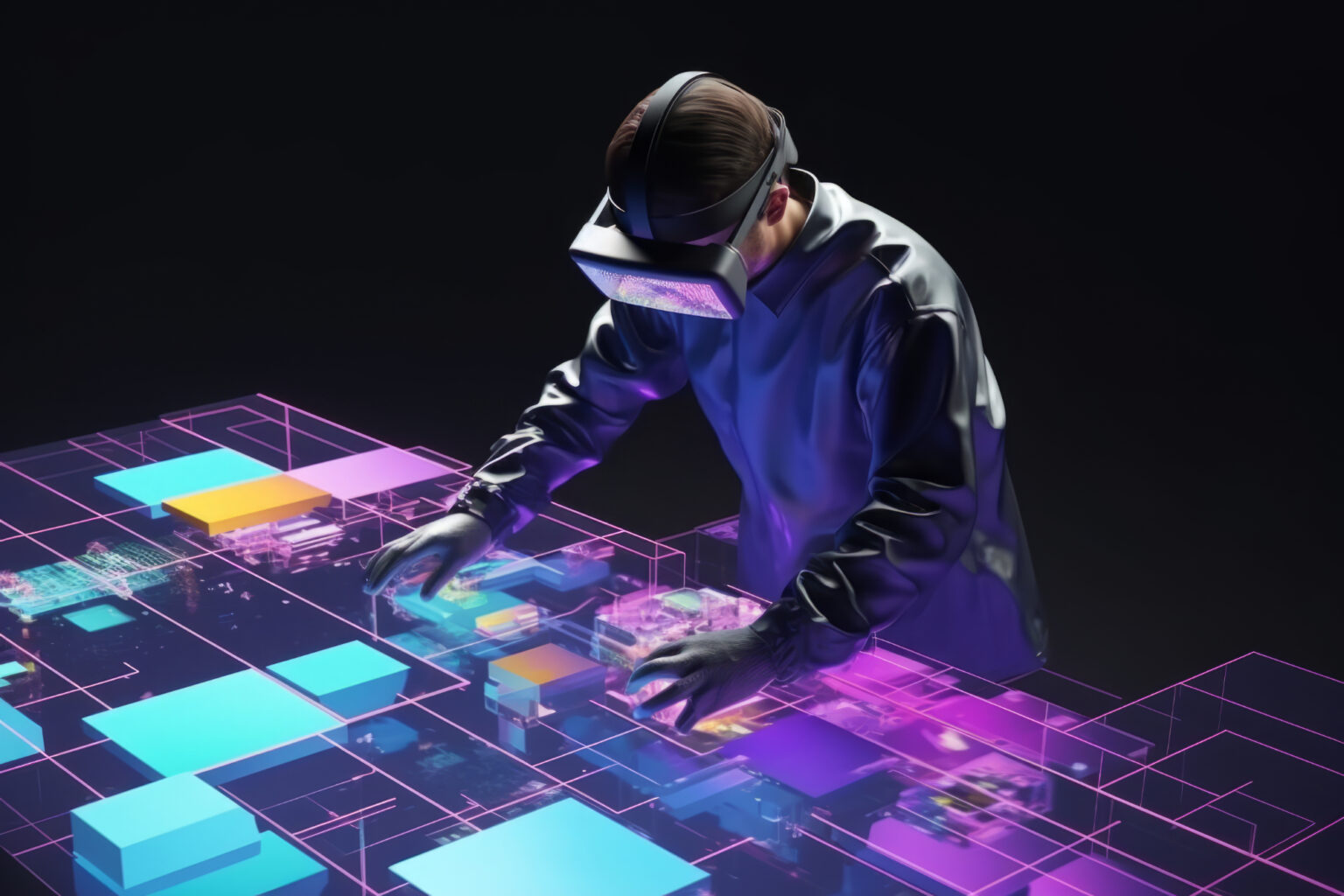
The future of digital twins is even more exciting! Picture this:
- AI Integration: What if these digital clones could learn and improve all by themselves?
- Blockchain: What if data-sharing between companies was totally secure?
- New Ideas: Could this tech make smart cities, better healthcare, or even cooler gadgets?
Here’s a fun challenge:
Can you think of a way digital twins could improve something in your life?
Maybe a digital twin for your house or car?
Why It Matters
Digital twins aren’t just a tech trend, they’re transforming industries and opening up possibilities we could only dream of a few years ago. Whether it’s faster medicines, safer oil rigs, or smarter cars, the future’s looking bright.
So, what do you think?
- Could digital twins revolutionize an industry you care about?
- What would you want to see as the next big use for this amazing tech?
The future is digital, and it’s just getting started!

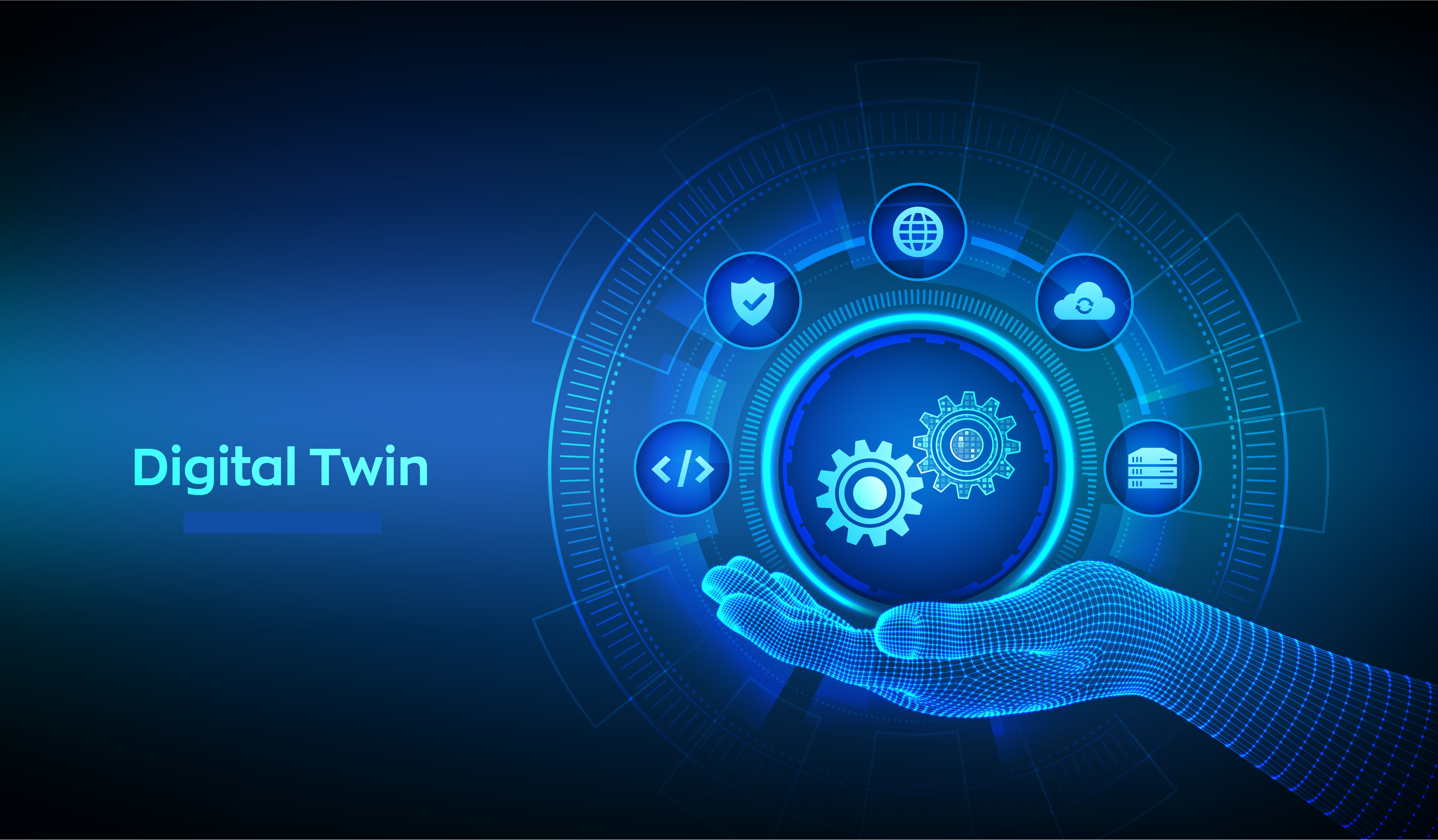
Leave A Comment